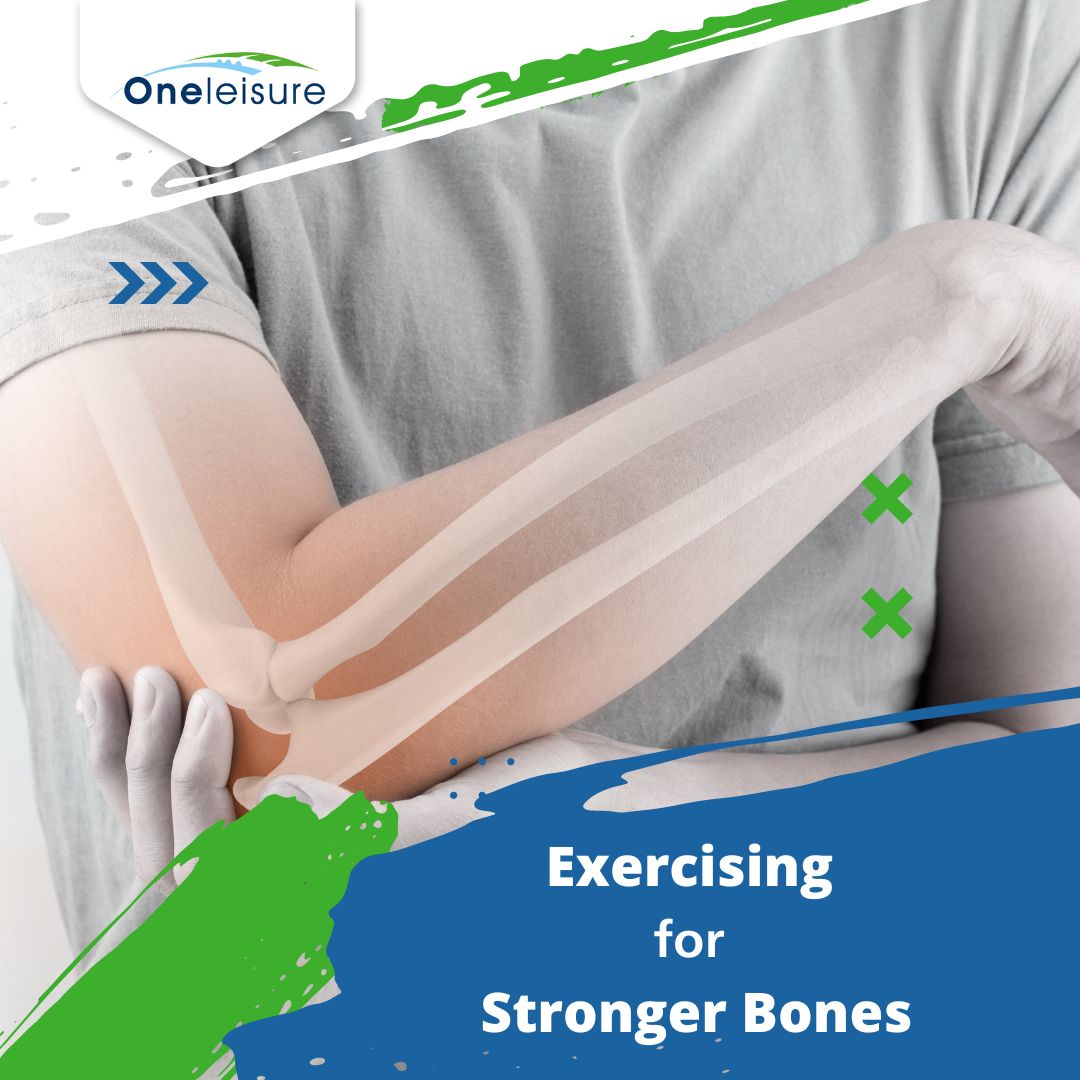
Exercising for Stronger Bones
Bones function in the body to provide structural support while protecting internal organs and enabling movement. Bones also store minerals and produce blood cells. Therefore, strong and healthy bones are essential to maintain these functions for overall health and well-being.
Bone mass peaks between the ages of 25 and 30 years and then gradually decline over time, with accelerated losses occurring in women after the onset of menopause. Some contributing factors to loss of bone overtime are increased sedentary activity, low calcium and vitamin D levels, and hormonal changes, especially the loss of estrogen during menopause, which plays a large role in maintaining bone health. Bone loss overtime can lead to osteoporosis and increased risk of fractures.
Exercise to Prevent Bone Loss
Exercise can be an effective way to combat these age-related losses in bone, as the mechanical load caused by exercise has been found to improve bone mass and bone mineral density. To build strong bones, incorporate the following exercise to your routine:
- High-impact Training
High-impact exercises that include movements such as jumping, skipping or hopping can be beneficial for preventing bone loss at the hip and spine regions. Greater benefits have been found with exercise programs that incorporate a combination of resistance training with high-impact exercises. Impact exercises can include jogging, running, jumping rope and box jumps. Weighted vests can also be incorporated to add additional resistance to these movements. While high-impact training can be useful for building stronger bones, it may not be safe for those who already have osteoporosis and are at risk for bone fractures.
- Low Impact Weight-bearing Training
Low-impact weight-bearing exercises such as walking, using the stair climber or low-impact aerobic fitness classes may be a safer alternative for those who are unable to do high-impact training due to osteoporosis or other conditions. While low-impact training alone may not be enough in preventing bone loss, low-impact training programs such as tai chi can reduce the risk for falls and thus prevent fractures. In addition, low-impact training can be combined with resistance exercises for added benefits for bone health.
- Resistance Training
Resistance exercises performed with machines, free weights, bands or body weight can have positive effects on bone health. To gain the most benefits from a resistance training program, especially for postmenopausal women who are more susceptible to bone loss, a study suggests to complete a high load training program 3 to 5 days per week at an intensity of 70 to 90% of the client's one repetition maximum (1RM) for two to three sets of eight to 12 repetitions for a duration of at least one year. In addition, each exercise must target the specific bone sites that you are looking to improve. Because the hip, spine and forearm are most susceptible to fractures due to osteoporosis, weighted exercises that specifically involve action at those joints or regions should be performed.
Suggested exercises for improvements in these areas include the following:
- weighted squat
- leg press and leg extension
- hamstring curl
- hip and back extension
- bench and shoulder press
- biceps curl and triceps extension
Disclaimer: The content of this page is not intended to be a substitute for professional medical advice, diagnosis or treatment. Always seek the advice of your physician with any questions you may have regarding a medical condition.